Labral Tear
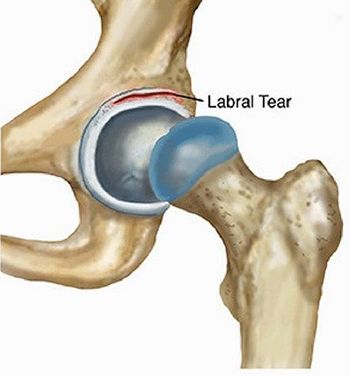 Hip labral tear occurs when the band of cartilage surrounding the hip joint, called the labrum gets injured. The injuries can occur because of trauma, such as a car accident or fall. However, they can also occur because of repetitive stress to the hip joint.
Hip labral tear occurs when the band of cartilage surrounding the hip joint, called the labrum gets injured. The injuries can occur because of trauma, such as a car accident or fall. However, they can also occur because of repetitive stress to the hip joint.
Individuals participating in soccer, hockey, and long distance running among other sports requiring extremes of motion are often diagnosed with labral tears. This involves activities that require sharp movements and repetitive twisting.
Southern California Hip Institute (SCHI), led by board certified orthopedic surgeon Dr. Tigran Garabekyan, provides orthopedic surgery to patients in Los Angeles, Century City, Beverly Hills, CA, and surrounding communities.
Preventing Labral Tears
Risk of sustaining a labral injury is enhanced with repetitive motions, such as long-distance running or sports. It is important to be aware of hip pain, especially while squatting or sitting. These can indicate signs of potential hip injuries.
Identifying and addressing the injuries early in the treatment can be helpful. Physical therapists can help active individuals identify proper body movements for lessening the possibility of injury. You need to continue muscle strengthening practices and lower-extremity mobility after recovering from a hip labral tear.
This will play a major role in reducing the risk of further injury or irritation. Complete avoidance of the activity contributing to the symptoms may be suggested in some extreme cases.
Procedure of Hip Labral Tear Repair Surgery
Your doctor may perform the following during a surgery:
- Labral tear repair: The torn labrum will be reattached by the doctor to the socket (acetabulum) by using sterile thread and small plastic anchors
- Debridement: The doctor may trim or smooth the area of the frayed labrum. The goal is to remove any damaged, loose, or pain-generating tissue.
- Other repairs: Hip problems are generally intertwined. Hence, it is common for surgeons to repair the hip labrum and address any other problem during the surgery. For instance, your surgeon may decide to shave any bony abnormalities causing hip impingement while repairing the labrum.
The decision of carrying out repairs may be made during the surgery. Everything wrong with a joint cannot be revealed during the pre-operative medical imaging. Your surgeon may discover or confirm other hip problems during the surgery.
Open Hip Surgery vs. Arthroscopic
Hip labral repair surgery can be performed using open surgical methods or arthroscopic methods. Hip arthroscopy is minimally invasive using special tools and a video camera. Larger incision of 8 – 10 cm is required in open hip surgery. The surgeon may dislocate the joint’s femoral head from the hip socket.
Labral Tear Reconstruction
Graft tissue from some other body part is used during labral reconstruction using graft. This completely replaces the torn labrum and the procedure is performed where the labrum is too damaged but the hip joint is healthy. The severity of your injury will determine the type of surgery that is recommended. Underlying conditions that need to be addressed will also determine the type of surgery performed.
Southern California Hip Institute (SCHI), led by board certified orthopedic surgeon Dr. Tigran Garabekyan, receives patients from Los Angeles, Century City, Beverly Hills, CA, and nearby areas for orthopedic surgery.
Contact the Southern California Hip Institute
Dr. Tigran Garabekyan is a board certified orthopedic surgeon specializing in hip preservation. To learn more about Southern California Hip Institute or to schedule a consultation, click here to contact us or call:
Century City / Los Angeles: 310.574.0375
Serving patients in Los Angeles, Beverly Hills, Santa Monica, Century City, West Hollywood, North Hollywood Encino, Sherman Oaks, Van Nuys, Burbank, Glendale and other neighboring cities in the greater Los Angeles, California area.
Also visit http://www.drgorthopedics.com/


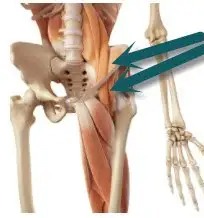 Acetabular labral tear causes pain if the labrum is frayed, torn, or damaged. Labral tears can result in pain in the anterior side of the hip, groin pain, and buttock pain. This condition is thought to result from excessive force at the hip joint.
Acetabular labral tear causes pain if the labrum is frayed, torn, or damaged. Labral tears can result in pain in the anterior side of the hip, groin pain, and buttock pain. This condition is thought to result from excessive force at the hip joint.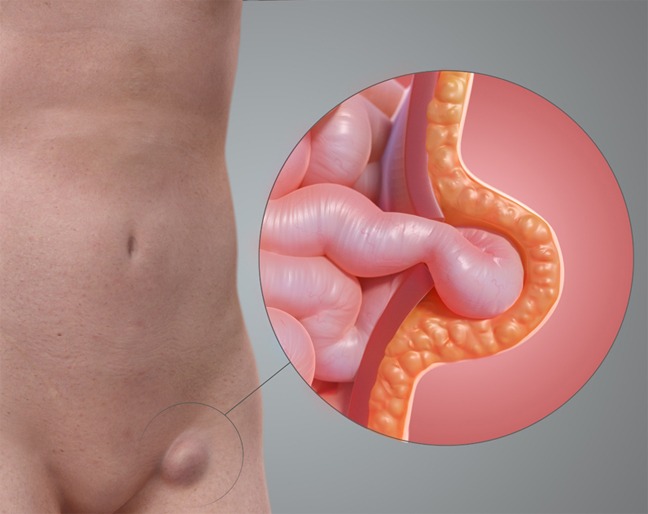 Femoral hernia refers to tissue pushing out through a weak spot in the inner thigh or groin muscle wall. Common causes of this condition include overstraining while exercising, coughing, or passing a stool, and being overweight.
Femoral hernia refers to tissue pushing out through a weak spot in the inner thigh or groin muscle wall. Common causes of this condition include overstraining while exercising, coughing, or passing a stool, and being overweight.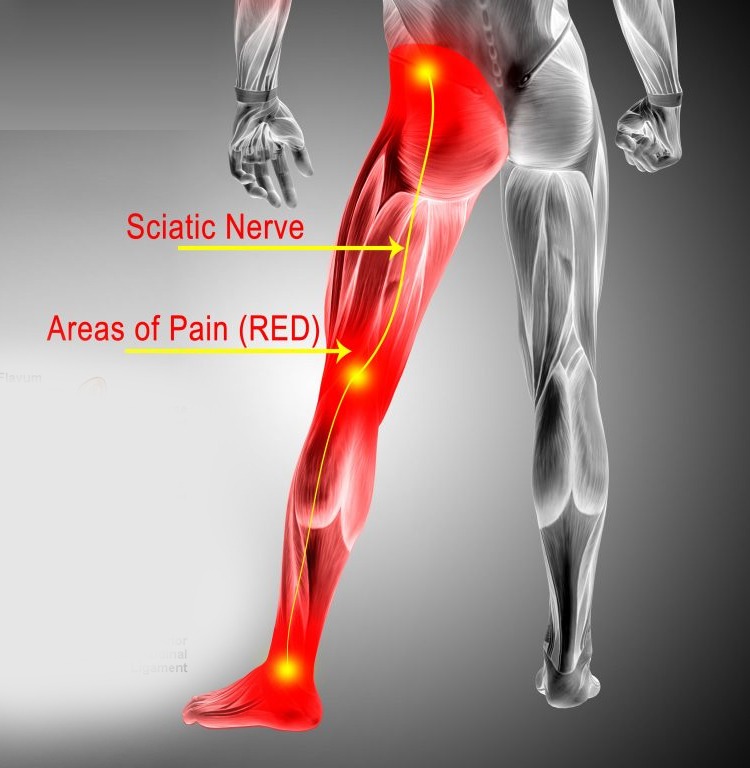 Nearly 25 percent of all Americans have had sciatica hip pain (characterized as sharp and disabling pain) at some point in their lives. Sciatica pain flows down the sciatica nerve from the lower back to the hips and buttocks, down each leg. Sciatica pain can make simple actions, such as playing with grandchildren or sitting at your desk a huge problem.
Nearly 25 percent of all Americans have had sciatica hip pain (characterized as sharp and disabling pain) at some point in their lives. Sciatica pain flows down the sciatica nerve from the lower back to the hips and buttocks, down each leg. Sciatica pain can make simple actions, such as playing with grandchildren or sitting at your desk a huge problem.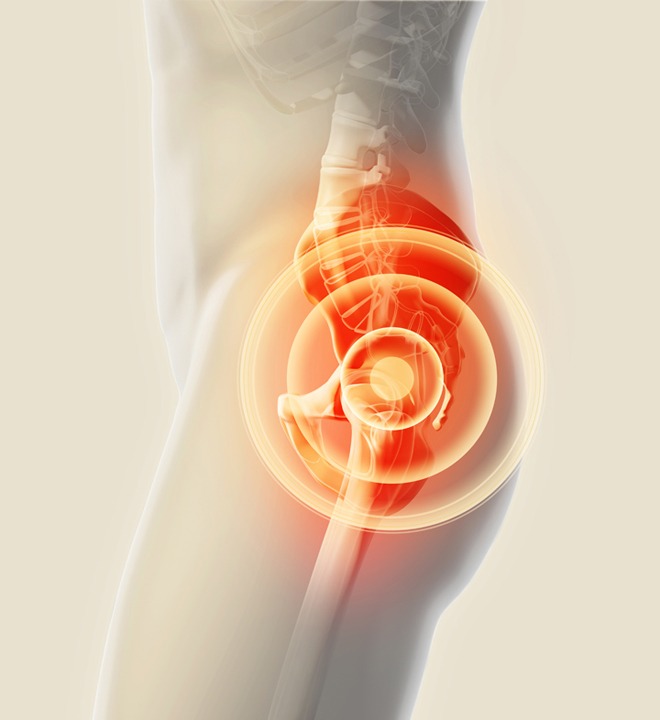 Hip problems are a common concern for several patients because of the involved pain. This is particularly true for aging people that maintain an active lifestyle. The specific location of pain can help towards pinpointing the underlying cause. There can be issues with the muscles, tendons, ligaments, and soft tissues surrounding the joint.
Hip problems are a common concern for several patients because of the involved pain. This is particularly true for aging people that maintain an active lifestyle. The specific location of pain can help towards pinpointing the underlying cause. There can be issues with the muscles, tendons, ligaments, and soft tissues surrounding the joint.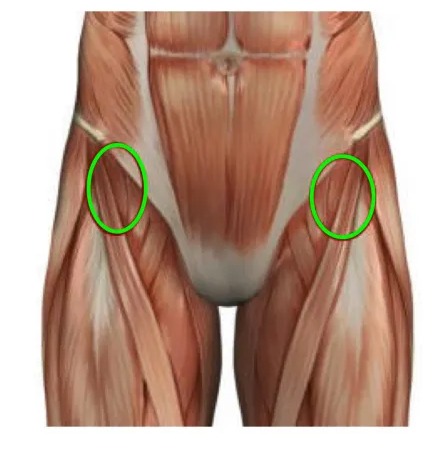 Hip flexors are a group of flexible muscle tissues that allow you to bend knees and flex your hips. These are located in the pelvic region and near the top of the thigh. Overstretching or overusing these muscles can cause strain. This can significantly limit your mobility and activity.
Hip flexors are a group of flexible muscle tissues that allow you to bend knees and flex your hips. These are located in the pelvic region and near the top of the thigh. Overstretching or overusing these muscles can cause strain. This can significantly limit your mobility and activity. The hip bones form a part of the pelvis. Your pelvis is probably tilted when the hips are uneven or one bone is higher than the other. This is also known as lateral pelvic tilt. Very few things cause this condition. The treatment and symptoms of the condition depend on the reason why your hips are misaligned or uneven.
The hip bones form a part of the pelvis. Your pelvis is probably tilted when the hips are uneven or one bone is higher than the other. This is also known as lateral pelvic tilt. Very few things cause this condition. The treatment and symptoms of the condition depend on the reason why your hips are misaligned or uneven. Hip dysplasia, congenital dislocation of the hip, or developmental dislocation is when a socket of the hip joint stops supporting the ball of the joint. The condition may cause a gradual dislocation of the hip or misalignment. This can cause wearing of the cartilage and result in early-onset osteoarthritis of the hip.
Hip dysplasia, congenital dislocation of the hip, or developmental dislocation is when a socket of the hip joint stops supporting the ball of the joint. The condition may cause a gradual dislocation of the hip or misalignment. This can cause wearing of the cartilage and result in early-onset osteoarthritis of the hip.


